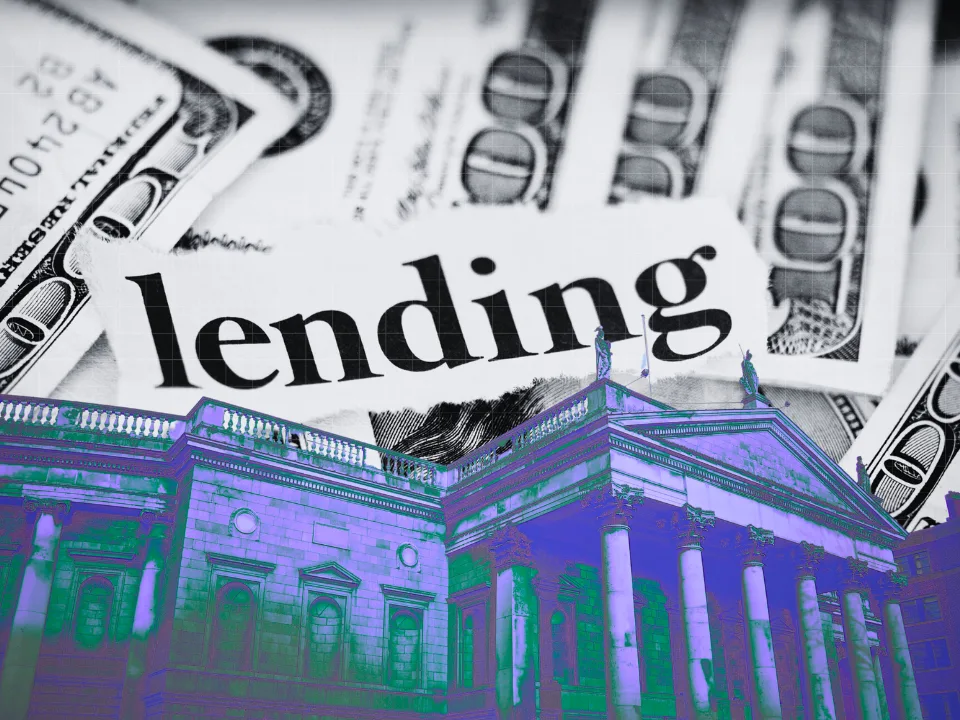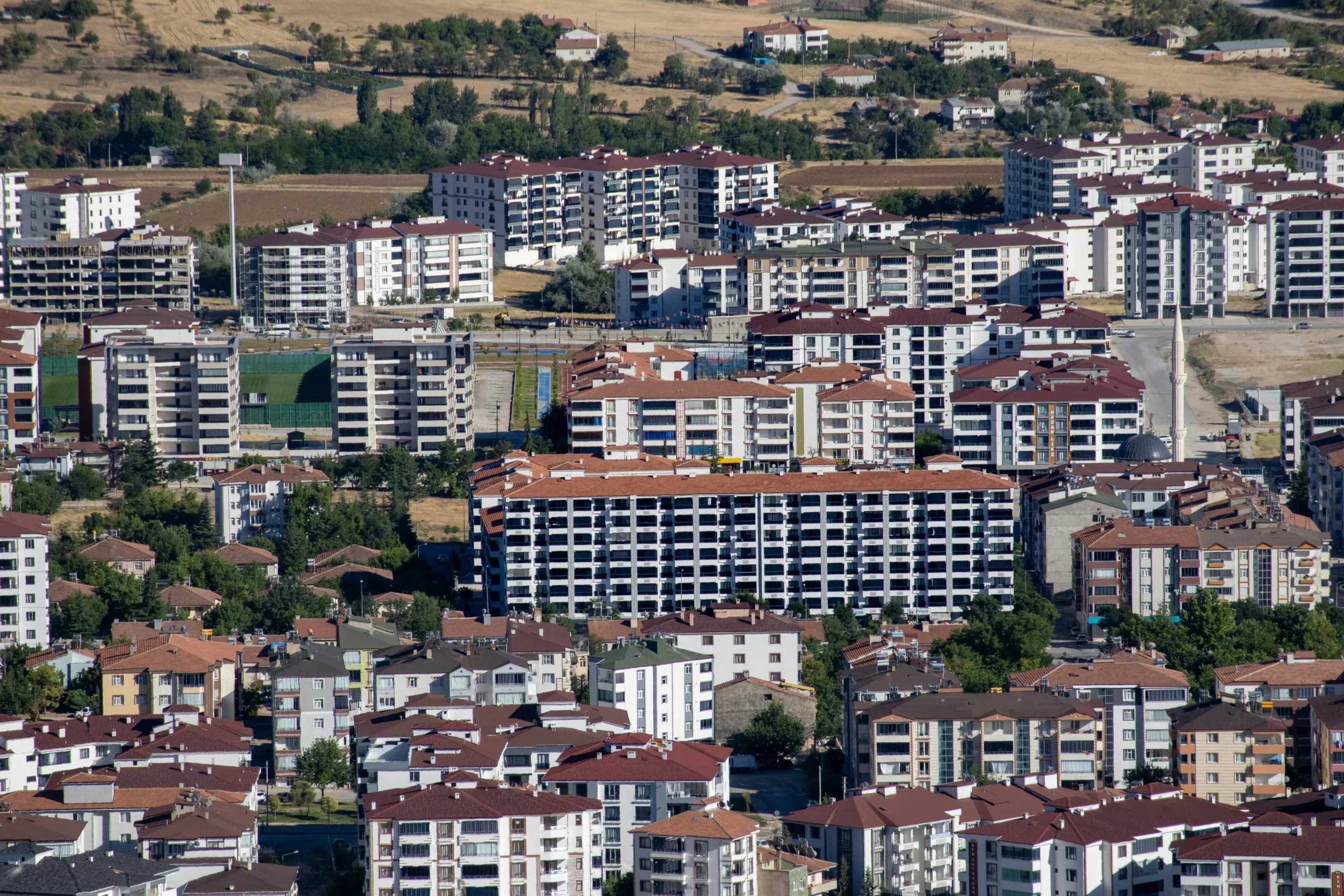A Long-Awaited Shift
After months of holding rates steady, the Federal Reserve cut its policy rate by a quarter percentage point this week—the first rate reduction of 2025. While largely anticipated by markets and industry players, the decision marks a significant turn from the central bank’s post-pandemic tightening cycle.
Fed Chair Jerome Powell called the move a “risk management” cut, aimed at supporting a cooling labor market and mitigating potential downside risks to growth.
According to CoStar, the change offers hope—but not transformation —for commercial real estate.
Get Smarter about what matters in CRE
Stay ahead of trends in commercial real estate with CRE Daily – the free newsletter delivering everything you need to start your day in just 5-minutes
CRE Eyes Modest Relief
Industry executives welcomed the decision, even if its impact will take time to materialize. “A cut can be seen as nothing but positive,” said Avison Young CEO Mark Rose, emphasizing that lower borrowing costs help restore confidence to build and invest.
Still, CRE professionals caution against overestimating the immediate impact. The cost of capital may improve marginally, but tight lending conditions and cautious underwriting remain barriers to deal flow.
“Valuations are unlikely to move higher on a few rate cuts alone,” said Chad Littell, national director of capital markets analytics at CoStar. “A return of above-trend rent growth and stronger investment appetite will be needed to shift the market’s risk profile.”
Sector-Specific Impacts
Multifamily: A 35% drop in apartment starts over the past year has underscored how rising rates and construction costs have frozen development pipelines. With the rate cut, some market players—especially those who remained active—could now find a slightly more favorable financing environment.
Office: The sector continues to struggle with post-pandemic demand shifts. But lower rates could help stabilize valuations and make refinancing or asset repositioning slightly more viable.
Industrial: Activity in the sector slowed sharply in 2025, with NAIOP reporting negative absorption for the first time in over a decade. A more accommodative rate environment, coupled with clarity on tariffs, could reignite leasing and investment by early 2026.
What to Watch Next
The Fed’s decision leaves the door open for more cuts. The dot plot now suggests at least two more reductions could come by the end of the year, but that depends on continued softness in labor markets and inflation trends.
Rebecca Rockey, deputy chief economist at Cushman & Wakefield, summed it up: “This is really a story about expectations playing out. We shouldn’t see much change unless Chair Powell sets a different tone in forward guidance.”
For CRE, the first cut is a signal—not a solution. But it may mark the start of a slow thaw in a market that’s been frozen by two years of elevated rates and economic uncertainty.
Why It Matters
The Fed’s pivot to easing, even if gradual, gives commercial real estate stakeholders room to reprice risk, revisit stalled projects, and restore investor confidence. If followed by further cuts and improved macro conditions, it could mark the beginning of a broader market recovery.


















